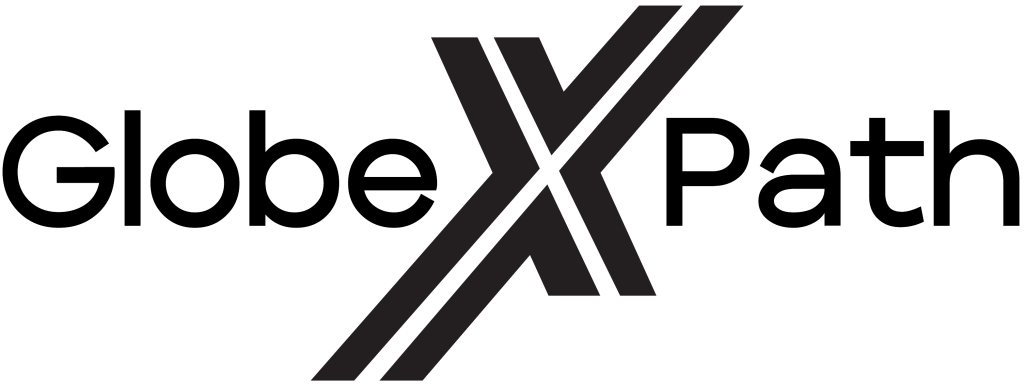Affordable European Universities: Tuition, Living Costs, Admissions, and Long-Term Opportunities
This guide offers a comprehensive look at several affordable European universities suitable for international students. It includes tuition fees, living expenses, admission timelines, job prospects, and pathways to permanent residency (PR) and citizenship.
1. University of Messina (Italy)
The University of Messina is a public institution located in Sicily. Italian public universities generally offer income-based tuition, which means international students may pay anywhere from €500 to €4,000 per year depending on their family income.
Cost of Living: Living costs in Messina are relatively low, averaging €7,500 to €8,500 annually. This includes housing, food, transport, and personal expenses.
Programs: Offers a wide variety of undergraduate and postgraduate degrees, some available in English.
Admission Timeline: Applications typically open from January to June for non-EU students. Visa processing occurs from June to August.
Job Prospects: Job opportunities may be limited for non-Italian speakers. Students with knowledge of Italian, or those in tech or remote work sectors, may have more success.
Pathway to PR & Citizenship: Students can apply for permanent residence after 5 years. Citizenship is typically granted after 10 years of legal residence (4 years for EU citizens), requiring a B1 level in Italian.
2. Paris-Saclay University (France)
Paris-Saclay is part of France’s prestigious University of Paris system and is known for excellence in science and engineering. Tuition is regulated by the French government.
Tuition Fees: EU students pay around €170 to €600 per year, while non-EU students pay €2,770 for undergraduate and €3,770 for postgraduate programs.
Cost of Living: Being near Paris, living expenses are higher, estimated at €1,000 to €1,500 per month.
Programs: Offers many English-taught Master’s degrees in STEM and interdisciplinary fields.
Admission Timeline: Non-EU students apply through the “Études en France” platform, usually between November and March. Final decisions are made by May or June.
Job Prospects: Paris has a robust job market. Speaking French significantly boosts employability, though many tech and research roles accept English speakers.
Pathway to PR & Citizenship: Permanent residence is possible after 5 years, and citizenship after another 5 years with French language proficiency at B1 level.
3. University of Bergamo (Italy)
Located near Milan, the University of Bergamo combines academic opportunities with a moderate cost of living.
Tuition Fees: Generally ranges from €500 to €4,000 per year based on family income.
Cost of Living: Estimated at €600 to €800 per month. Costs are lower than Milan, but the city still benefits from proximity to major industries.
Programs: Offers courses in Engineering, Economics, and Humanities, with a growing number of English-taught programs.
Admission Timeline: Applications typically run from January to July, with visa processing in August.
Job Prospects: The proximity to Milan provides students with access to a larger job market, especially in engineering and business sectors.
Pathway to PR & Citizenship: Same as other Italian universities: 5 years to PR, 10 years for citizenship.
4. University of L’Aquila (Italy)
Situated in central Italy, this university is well-known for its programs in science and engineering.
Tuition Fees: Income-based, averaging between €500 and €4,000 annually.
Cost of Living: Estimated at €600 to €800 per month.
Programs: Strong focus on STEM fields such as civil engineering and physics.
Admission Timeline: Applications are open January through July.
Job Prospects: Fewer local opportunities, but remote IT roles are an option. Proficiency in Italian helps with job access.
Pathway to PR & Citizenship: Same as above (Italy-wide rules).
5. University of Akureyri (Iceland)
This small Icelandic university is known for its focus on Arctic studies and environmental sciences
Tuition Fees: Tuition-free for all students, including non-EU nationals. However, students must pay a yearly registration fee of about €500.
Cost of Living: High, with monthly costs ranging between €1,000 and €1,500.
Programs: Noted for marine biology, health sciences, and Arctic studies. Some courses are offered in English.
Admission Timeline: Applications run from December to February. Students should secure visas by June.
Job Prospects: The Icelandic job market is limited, especially for those who don’t speak Icelandic. Tech and healthcare sectors offer the best prospects.
Pathway to PR & Citizenship: Students can apply for PR after 4 years. Citizenship is available after 7 years (or with an Icelandic spouse), with language exam required.
6. University of Luxembourg
Luxembourg’s national university offers multilingual education in a financial and political hub of Europe.
Tuition Fees: Generally low, from €400 to €800 per year. Some specialized master’s programs may charge higher fees.
Cost of Living: High, with monthly expenses exceeding €1,200.
Programs: Popular programs include finance, EU law, and computer science. Many are available in English.
Admission Timeline: Applications are open from January to April.
Job Prospects: Excellent in finance and EU institutions. Fluency in multiple languages (English, French, German) is advantageous.
Pathway to PR & Citizenship: PR after 5 years. Citizenship available after 5 years with a Luxembourgish language exam.
7. Nantes University (France)
This university offers a cost-effective alternative to Paris, with many programs and lower living expenses.
Tuition Fees: Approximately €184 per semester (~€368/year), same for all students.
Cost of Living: Lower than Paris, averaging €600 to €700/month.
Programs: Offers English-taught courses in biology, European studies, and engineering.
Admission Timeline: Non-EU students apply via “Études en France” from October to March, with decisions by May.
Job Prospects: Good for French-speaking students. Local industries in health, engineering, and logistics provide opportunities.
Pathway to PR & Citizenship: Same as other French universities.
8. University of Basel (Switzerland)
Switzerland’s oldest university, located in a well-connected and economically strong city.
Tuition Fees: Around €1,500 to €2,000 per year for international students.
Cost of Living: Among the highest in Europe, with monthly expenses of €1,200 to €1,800.
Programs: Known for life sciences, law, and humanities. Some courses are available in English.
Admission Timeline: Applications typically close in April. Visas are processed from May to July.
Job Prospects: High salaries, especially in life sciences and banking. German language skills are often required.
Pathway to PR & Citizenship: Non-EU students qualify for PR after 10 years. Citizenship also requires 10 years, language and integration criteria.
Final Recommendations
For students seeking low tuition and reasonable living costs, Italian public universities and Nantes University in France are top options. For those targeting high-paying careers in finance or science, Luxembourg and Basel are strong choices, albeit with higher costs.
Language is a key factor. English-only speakers will do better in Iceland, Luxembourg, and select programs in France or Italy, but long-term residency and employment prospects improve significantly with local language skills.
Check each university’s website or platforms like Mastersportal for up-to-date information on programs, scholarships, and deadlines.

